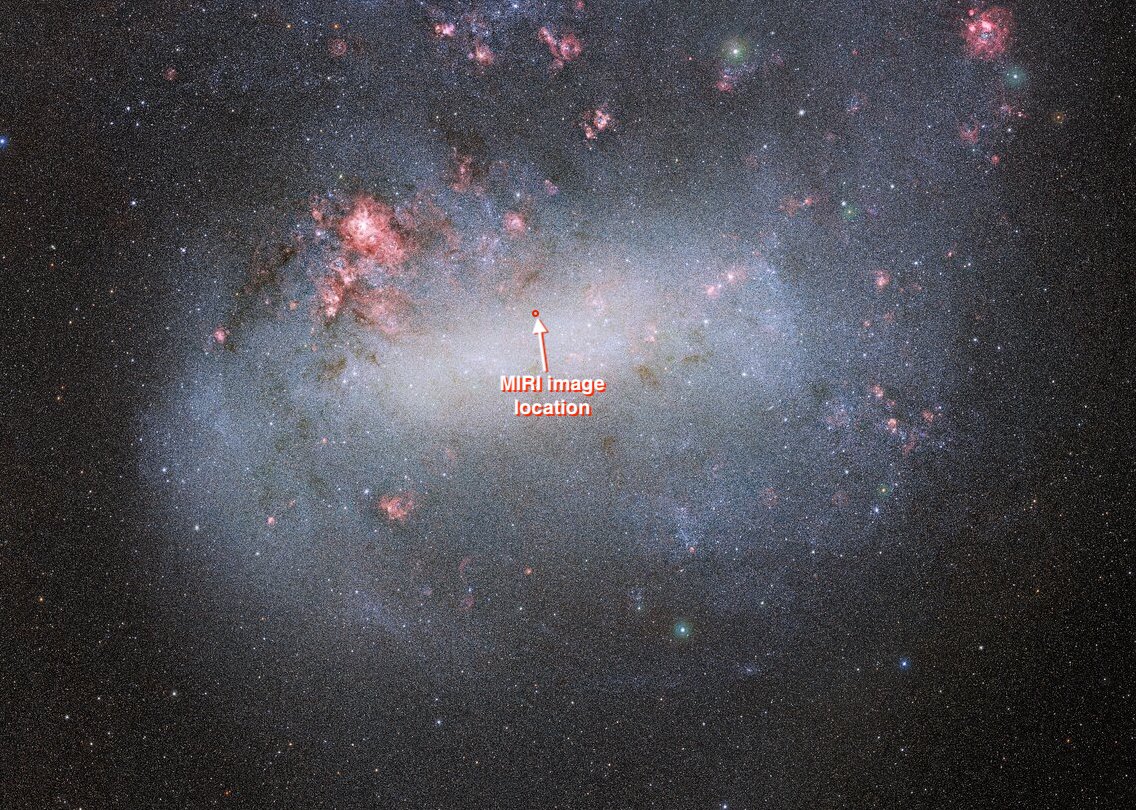
Astronomer at STScI. Exoplanets, mirrors, systems, software. Specialist in synthetic starlight. Deputy Telescope Scientist for JWST; tweets my own. (He/him)
How to get URL link on X (Twitter) App


 First, some context. By eye, the LMC is a faint cloud in the southern sky (seen here over @GeminiObs). A region near its center was chosen long ago as a calibration field for JWST, providing millions of stars carefully mapped out, in part of the sky JWST can observe year round.
First, some context. By eye, the LMC is a faint cloud in the southern sky (seen here over @GeminiObs). A region near its center was chosen long ago as a calibration field for JWST, providing millions of stars carefully mapped out, in part of the sky JWST can observe year round. 



https://twitter.com/marshallperrin/status/1472994634490159111I mentioned already beryllium for lightness & stability. These mirrors are *really light*: each 1.5 m diameter hexagon is only 20 kg (with mechanisms on the back doubling it to 40 kg total per assembly). The whole primary is just 740 kg. That’s super light for a big telescope.

https://twitter.com/marshallperrin/status/1472917448651333636First there’s choice of materials: Beryllium mirrors: super lightweight as well as super stable (low CTE) at cryogenic temperatures. Carbon fiber structures: big stiff hollow tubes and trusses. I’ve held samples of these and they’re impressively airy and light for their size.
